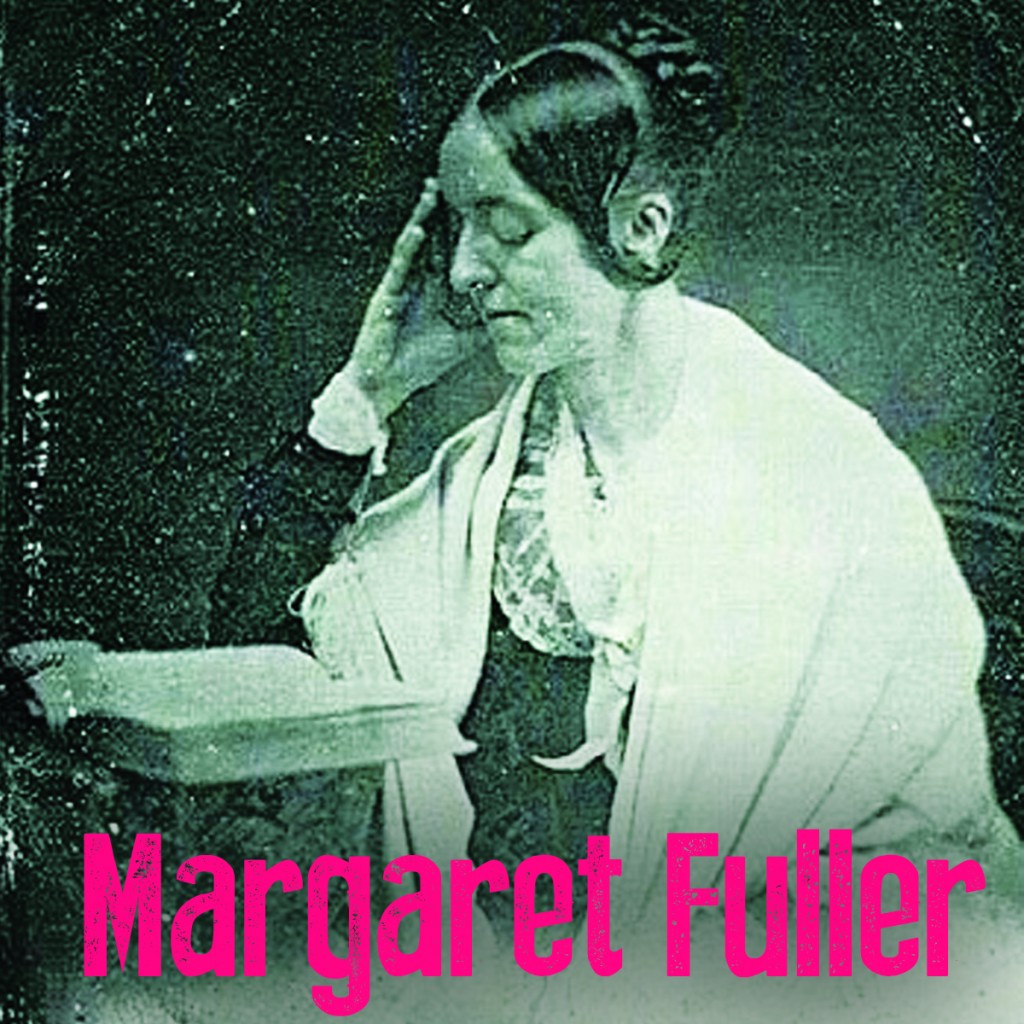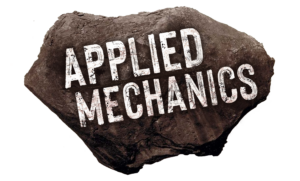 I have spent the last seven weeks teaching at the New England Literature Program. In some ways, NELP has a lot to do with the work we do in Applied Mechanics: the work is collaborative (13 instructors work together in an elaborate consensus-based labor share to make the program happen,) immersive (we study New England authors and landscape in the landscape, while exploring the landscape,) and experimental (a constructed communal living situation in a remote place a la experiments described by Thoreau, Alcott, and other Transcendentalists,) as well as rigorous and creative. This year, I was also struck by the political and ideological through-lines that underlie these structural similarities. My thoughts about Bandits have grown and evolved during my time in this place, and I was keenly aware, while here, of the way that feminism plays a live part in the work and culture of NELP. So I offer, for this blog post, eleven snapshots of my feminist spring:
I have spent the last seven weeks teaching at the New England Literature Program. In some ways, NELP has a lot to do with the work we do in Applied Mechanics: the work is collaborative (13 instructors work together in an elaborate consensus-based labor share to make the program happen,) immersive (we study New England authors and landscape in the landscape, while exploring the landscape,) and experimental (a constructed communal living situation in a remote place a la experiments described by Thoreau, Alcott, and other Transcendentalists,) as well as rigorous and creative. This year, I was also struck by the political and ideological through-lines that underlie these structural similarities. My thoughts about Bandits have grown and evolved during my time in this place, and I was keenly aware, while here, of the way that feminism plays a live part in the work and culture of NELP. So I offer, for this blog post, eleven snapshots of my feminist spring:
- A student tells me that before coming here, she’d never met anyone who described herself as a feminist.
- My friend Emily and I teach a workshop on transcendentalist women and domestic labor. With five students, we explore the meaning and power of “women’s work,” what that means in 19th century and 21st century contexts, how it interfaces with transcendental ideas. Through work with text, objects, food, textiles, spaces, and movement, we experiment with Margaret Fuller’s assertion that “A house is no home unless it contain food and fire for the mind as well as the body.”
- A male student, who has been heavily socialized by the fraternity he belongs to, asks me if we can talk. He tells me that he’s getting “called out” on sexism for the first time in his life here, by fellow students even more than by teachers. It is throwing him for a loop. It is not how he thinks of himself. He has lots of questions. He is struggling to understand.
- Following a conversation about bodies, male gaze, and internalized sexism, a female student tells me tearfully that she’s never heard anyone talk about this stuff before and doesn’t feel she has the vocabulary.
- In a class on Sarah Orne Jewett (famous 19th century regional fiction writer,) after four girls apologized for their writing before sharing it, Emily said, “What’s going on?” and a long conversation on voice and confidence and claiming space ensued.
- Students debate the relative virtues of promoting androgyny and celebrating feminity. Is it possible to call some traits female or feminine without perpetrating gender stereotypes? Does embracing androgyny inherently devalue traditionally feminine traits? No conclusions are formed, but the conversation is rich.
- A very quiet, reserved female students wants to host a group conversation on gender and sexism. She invites anyone who wants to to come. Four students and four instructors show up. She asks for strategies. She wants to know how to deal with situations where someone does or says something sexist—do you call them out? Stay quiet? Make a joke? What? Everyone ends up sharing stories that inspire them, stories of successful address, of ass-kicking moments. I tell stories about Mary and Maria.
- Emily gets a t-shirt in the mail that says “Feminist as F*ck.”
- Two girls create a piece of performance art in which, with their limbs painted red and streamers tied to their wrists and ankles, they paint each others’ faces blue, eat English muffin sandwiches onstage, do a tap-dance, throw flour on each other, and mime snuggling into bed. It is hilarious and aesthetically brilliant—reminds me of Marten Spangberg’s work. It still seems radical to me when women are willing to look funny, ugly, silly.
- I teach a class on Emily Dickinson, Adrienne Rich, and Kathleen Hannah. Texts include Her face was in a bed of hair (Dickinson), Natural Resources (Rich), and I Like Fucking by Bikini Kill, which has the line “Just cause my world sweet sister is so fucking goddamn full of rape, does that mean my body must always be a source of pain?” In the class, we talk about women writing about women, language for female bodies, self-representation, and the transformative potential of vocabularies. These lines from the Adrienne Rich poem makes me think of Mary’s blog entry from February: “I have to cast my lot with those/ who age after age, perversely,/ with no extraordinary power,/ reconstitute the world.”
- I get a photograph from Maria of the We Are Bandits wheatpaste poster up on a Philly wall. It’s the coolest thing I’ve ever seen.
Of course, the biggest difference between NELP and Applied Mechanics is that the work here is teaching and the work there making art. There’s no product here, only process. But this process feeds that process. I’m so excited now to get back to Philly and enter process with Applied Mechanics. I know the rest of the group has been doing lots of amazing work while I’ve been gone. To make art with people I love, art that’s about stuff that’s important to us, art that’s as radical and experimental and loud and extravagant as we are.
